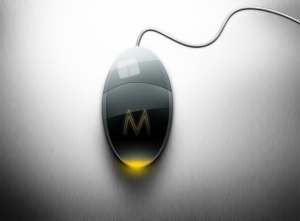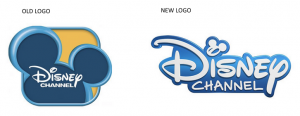 According to an article on the Brand Republic, Disney has been going to extremes to try to find out what works in online advertising. Disney’s extreme research involves eye tracking, heart monitoring, skin temperature readings and facial probes. A big ‘reveal’ is scheduled for later this year in New York where 200 big name advertisers are said to be preparing to be enlightened by Disney.
According to an article on the Brand Republic, Disney has been going to extremes to try to find out what works in online advertising. Disney’s extreme research involves eye tracking, heart monitoring, skin temperature readings and facial probes. A big ‘reveal’ is scheduled for later this year in New York where 200 big name advertisers are said to be preparing to be enlightened by Disney.
Truth be told, I found this report to be amusing, and apparently, I’m not alone in that feeling. The first comment on the article on the Brand Republic website is from a person who shares the same feeling that I have about Disney’s website — it’s a useless mess that is cumbersome to navigate and impossible to find useful information on once you finally get past the neverending supply of animation and gobbledygook. It seems to me Disney is putting the cart before the horse with this research. Let’s face it, most online advertising drives consumers to the advertiser’s website. What happens if your website stinks? Disney needs to take a step back and focus on fixing the online face of its brand before it tries to crack the elusive online advertising code.
I also found Brand Republic’s reference to a comment from Tracey Scheppach, video innovations director for Starcom MediaVest Group who claimed to the New York Times that Disney’s research is “completely invaluable. … Everybody is trying to figure out the ad models of the future, but nobody is doing is on this scale.”
I think it comes down to a big brand and big company throwing money into research and playing with the cool tools and toys. There is a reason why small start ups and entrepreneurs come up with many of the best online ventures and ideas. Big business can’t get out of its own way. Forget the facial probes, Disney. Build a website that doesn’t tick off visitors. And a dining reservations phone number that isn’t a complete annoyance and uses an 800 # would help, too. Believe it or not, there are people who live outside of the 407 area code who might like to make a dining reservation without coughing up $10 for a 30-minute long distance or international call that takes 45 minutes because of the inexcusably cumbersome reservation system.
What’s the lesson for brand managers to learn from this story? Forget the skin temperature readings, and instead, listen to what consumers say and give them what they want and need. Meeting consumer needs isn’t brain surgery.
Image: Flickr
Susan Gunelius is the author of 10 marketing, social media, branding, copywriting, and technology books, and she is President & CEO of KeySplash Creative, Inc., a marketing communications company. She also owns Women on Business, an award-wining blog for business women. She is a featured columnist for Entrepreneur.com and Forbes.com, and her marketing-related articles have appeared on websites such as MSNBC.com, BusinessWeek.com, TodayShow.com, and more.
She has over 20 years of experience in the marketing field having spent the first decade of her career directing marketing programs for some of the largest companies in the world, including divisions of AT&T and HSBC. Today, her clients include large and small companies around the world and household brands like Citigroup, Cox Communications, Intuit, and more. Susan is frequently interviewed about marketing and branding by television, radio, print, and online media organizations, and she speaks about these topics at events around the world. You can connect with her on Twitter, Facebook, LinkedIn, or Google+.


